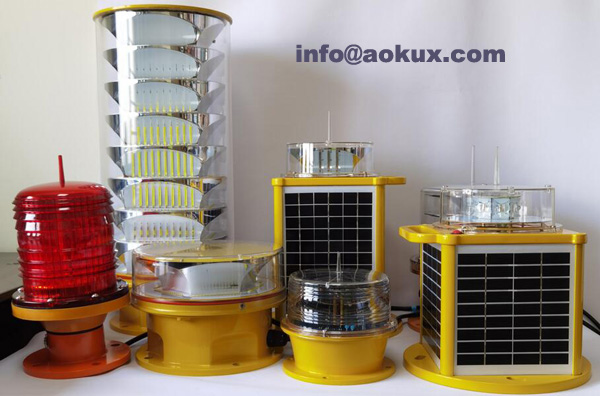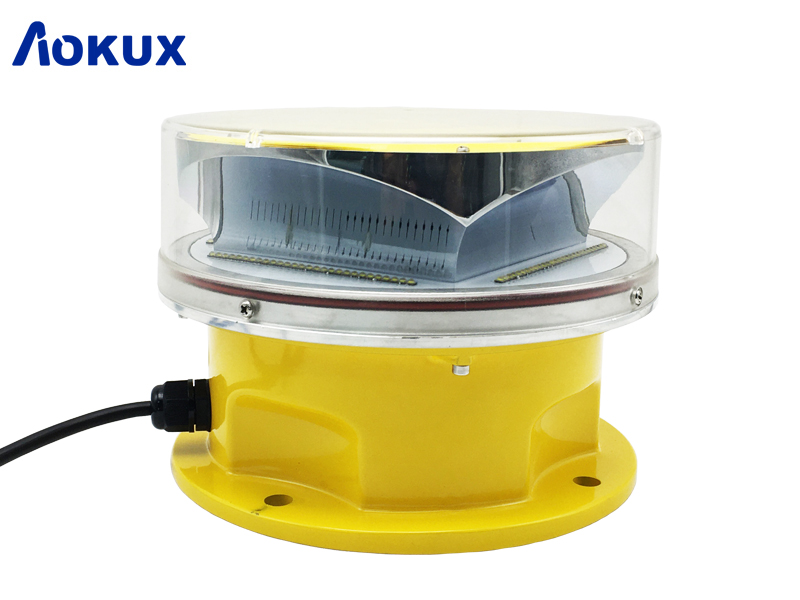
Obstruction lights are crucial for aviation safety. They are installed on tall structures, such as buildings, towers, and wind turbines, to alert pilots of the presence of obstacles during takeoff and landing.
Aviation obstruction lights come in different colors and intensities, depending on the height and location of the structure. Red lights are used for structures taller than 200 feet above ground level, while white lights are used for shorter structures. High-intensity lights are required for structures in urban areas or near airports.

These lights are also equipped with sensors that can detect changes in visibility due to fog, rain, or snow. They can automatically adjust their intensity or flash patterns to enhance their visibility, ensuring that pilots are aware of the obstacle's location.
The Federal Aviation Administration (FAA) regulates obstruction lights for aviation safety in the United States. The FAA requires that all structures taller than 200 feet above ground level have obstruction lights installed. The lights must be maintained and inspected regularly to ensure their proper functioning.

In addition to the FAA regulations, there are international standards for obstruction lights. The International Civil Aviation Organization (ICAO) has established guidelines for the design and installation of obstruction lights worldwide. These guidelines help standardize the use of obstruction lights and improve safety for pilots around the globe.
Overall, obstruction lights play a vital role in aviation safety. They help prevent accidents and ensure that pilots can safely navigate around obstacles during takeoff and landing. Proper installation and maintenance of these lights are essential to enhance aviation safety and protect the lives of passengers and crew members.